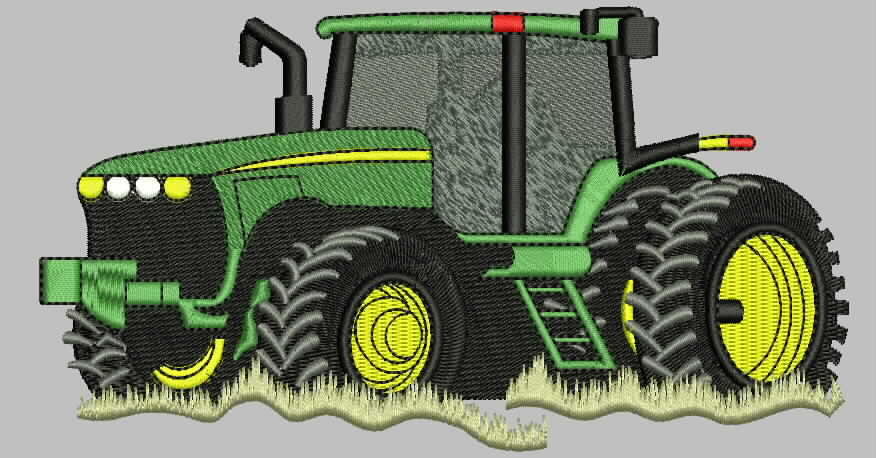How to Remove an Embroidery Patch: Easy Step-by-Step Guide
It’s great to personalize your clothes with embroidery patches, but how do you take them off? It’s important to know how to remove an embroidery patch properly, whether you’re updating your wardrobe or fixing a crafting mistake. You’ll get clean, professional results every time with this guide.
Why You Might Need to Remove an Embroidery Patch
You might need to remove an embroidery patch in these situations:
Get a new look by removing outdated patches from your wardrobe.
Fix sewing and craft mistakes.
You can restore the original look of your clothes with garment restoration.
Removing embroidery patches: Tools you’ll need
Here’s what you’ll need:
The Seam Ripper is great for cutting stitches safely.
Precision and control are provided by small scissors.
Pulling threads with tweezers is easy.
Get rid of loose threads with a lint roller.
After removing a patch, iron it to restore smoothness.
For patches that are glued to fabric, use Fabric-Safe Adhesive Remover (optional).
How to remove an embroidery patch step-by-step
For a successful embroidery patch removal, follow these steps:
Step 1: Assess the Patch and Fabric
Find out if the patch is sewn or glued.
Test the fabric’s durability in a hidden spot.
Step 2: Loosen the edges
Use your seam ripper to cut the stitches around the patch.
You don’t want to damage the fabric, so move slowly.
Step 3: Take off the patch
Take the patch off the fabric once the stitches are loosened.
To get rid of stubborn threads or stitching, use tweezers.
Step 4: Clean up the Residual Adhesive
Remove glue residue with fabric-safe adhesive remover.
Rub the area gently with a soft, clean cloth until the adhesive dissolves.
Step 5: Clean and Smooth the Fabric
Remove leftover threads with a lint roller.
To smooth wrinkles, iron the fabric gently on a low heat setting.
How to remove embroidery patches safely
Here are some practical tips:
Slowly working reduces the risk of fabric damage.
Make sure you’re using the right tools: Don’t use knives or razors that are too sharp.
When working with fragile fabrics, put a thin cloth barrier between them.
Avoid these common mistakes
For the best results, avoid these pitfalls:
The fabric can be torn or stretched if you pull too hard.
Your clothes can get damaged if you use the wrong tools.
The appearance can be compromised if you don’t clean up.
Professional Help When You Need It
To avoid irreversible damage, consult a professional tailor if you’re working with delicate, vintage, or expensive fabrics.
Final thoughts
Using the right tools and following the right steps makes removing embroidery patches a breeze. You can get professional-quality results at home by taking your time and following these guidelines.
Test patch removal methods on a hidden part of your garment first to make sure the fabric can handle it.
For more textile care tips, check out our comprehensive garment care guide or explore further embroidery tips at Craftsy.
Happy patch removing!
 315-215-0681
315-215-0681







